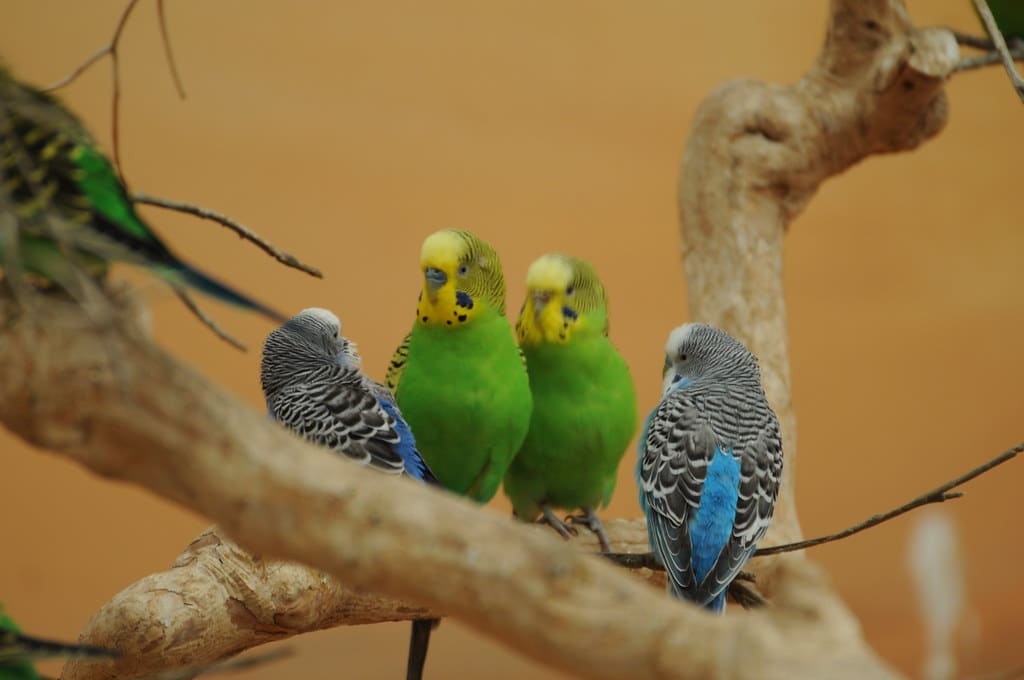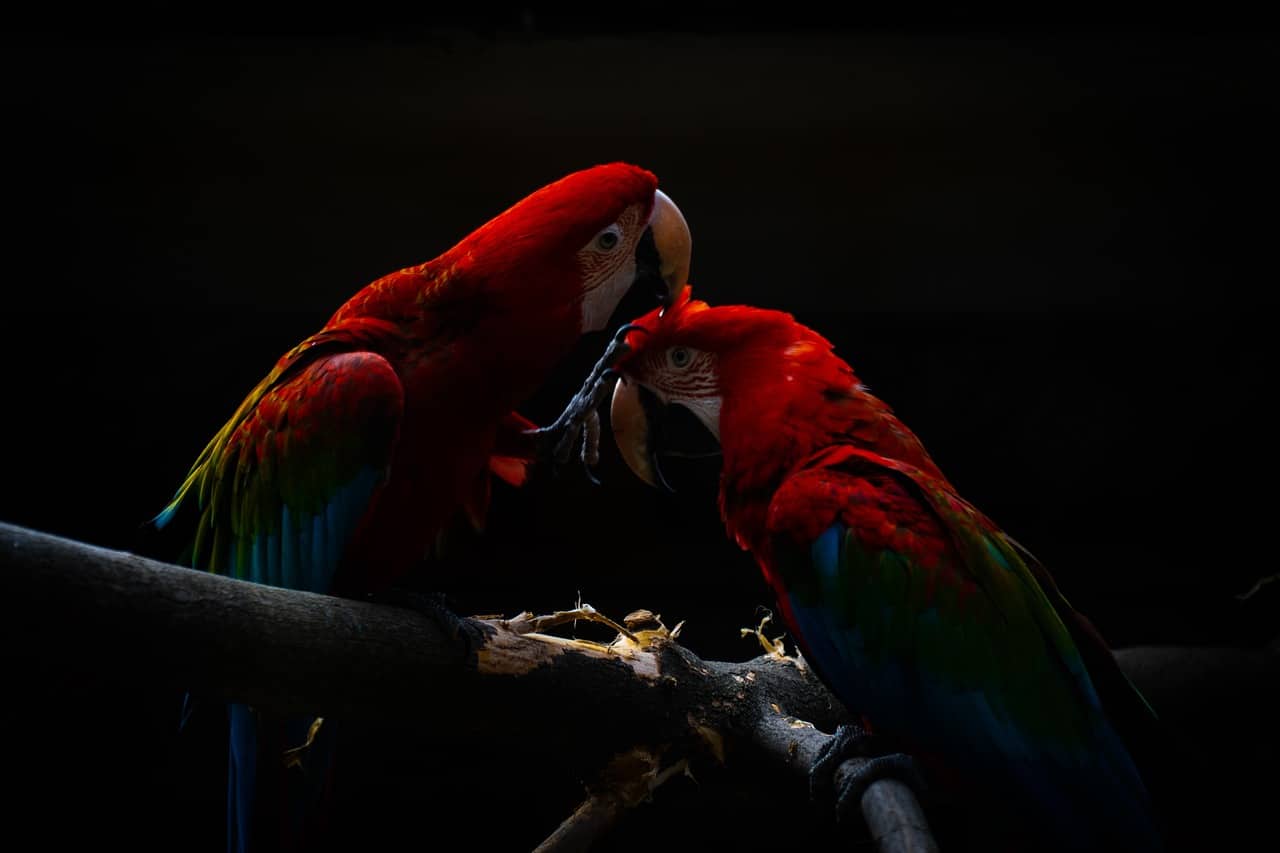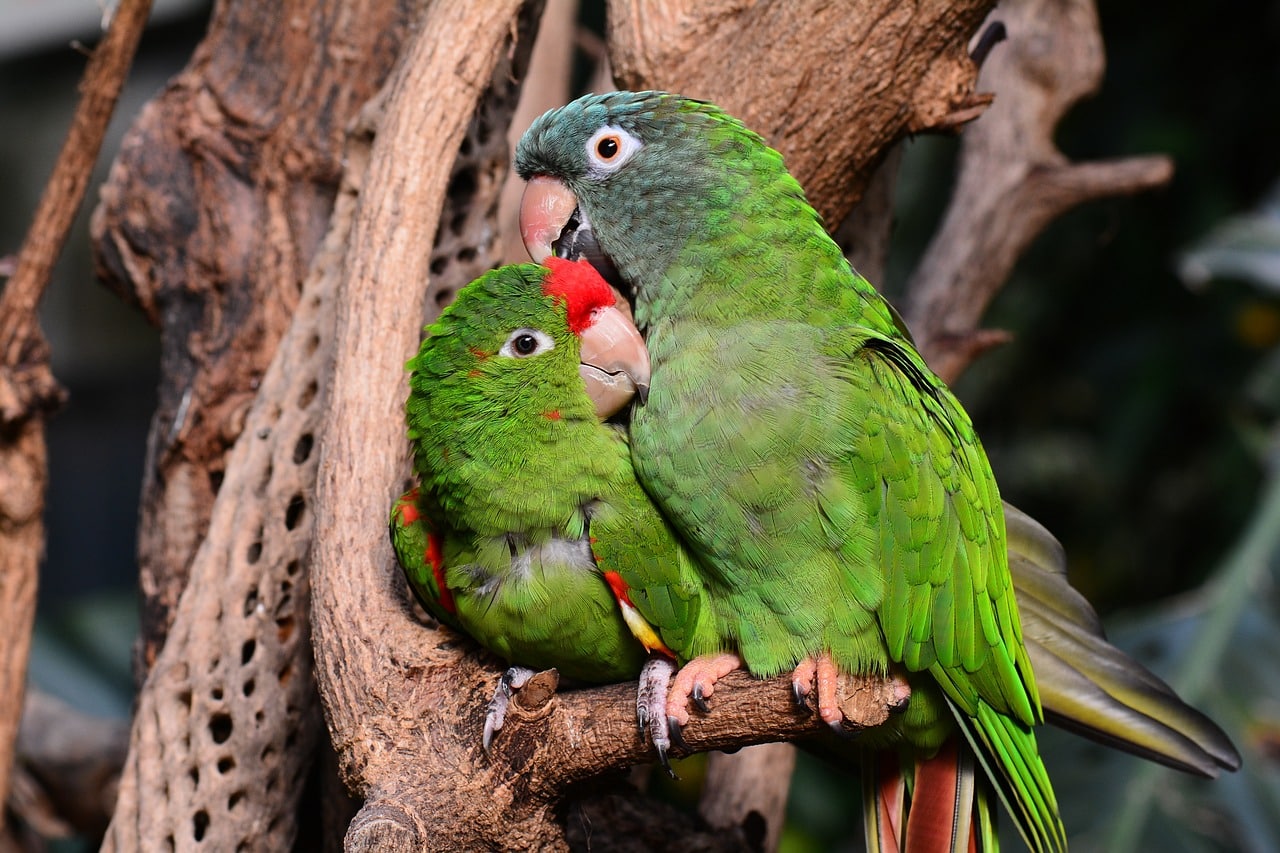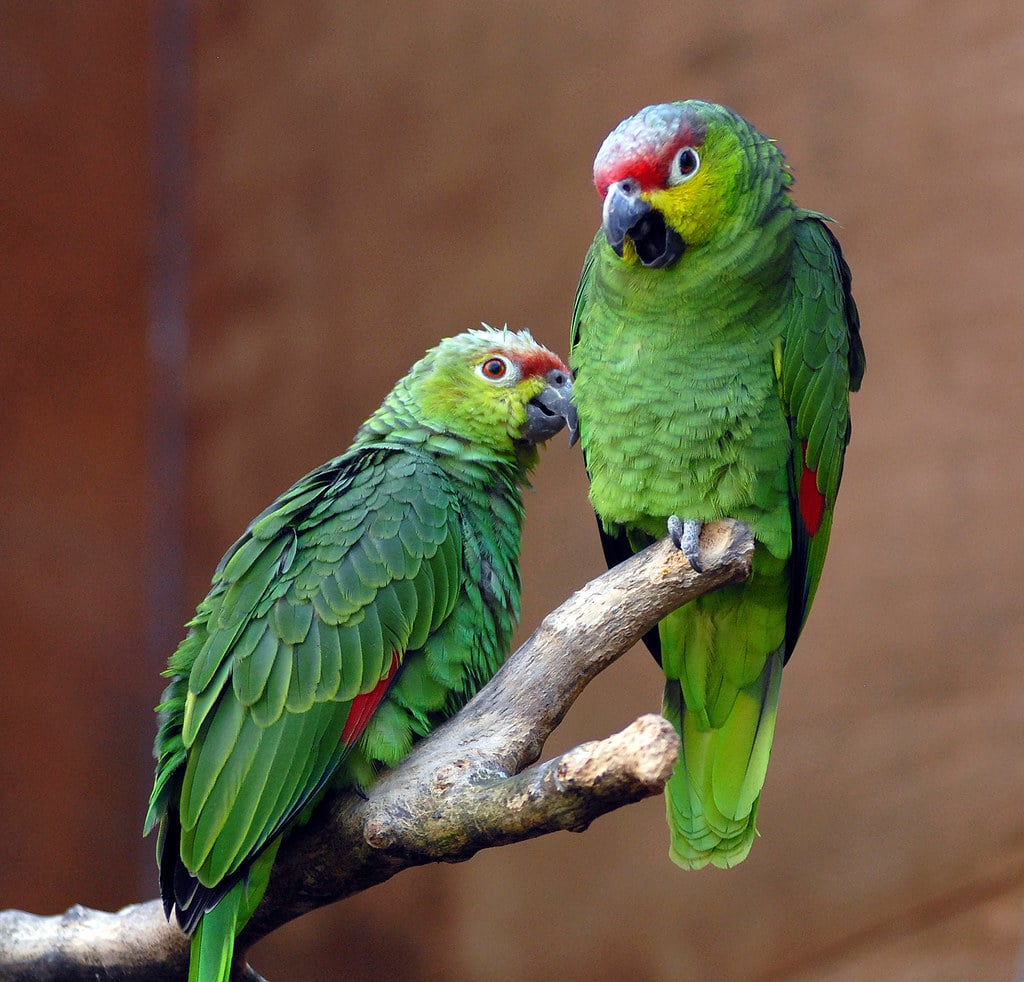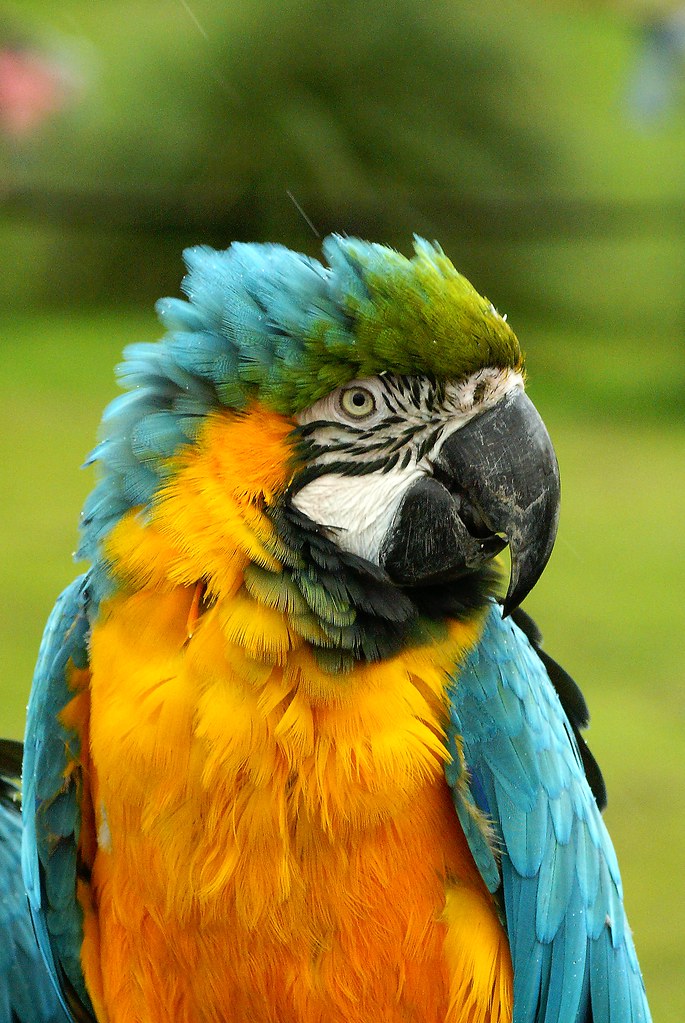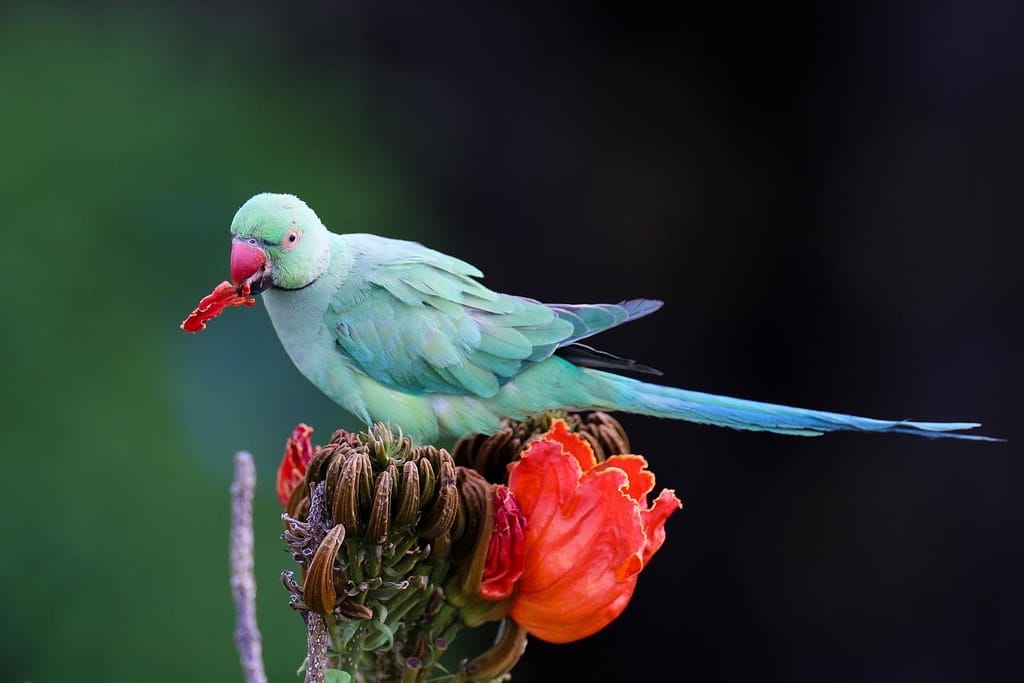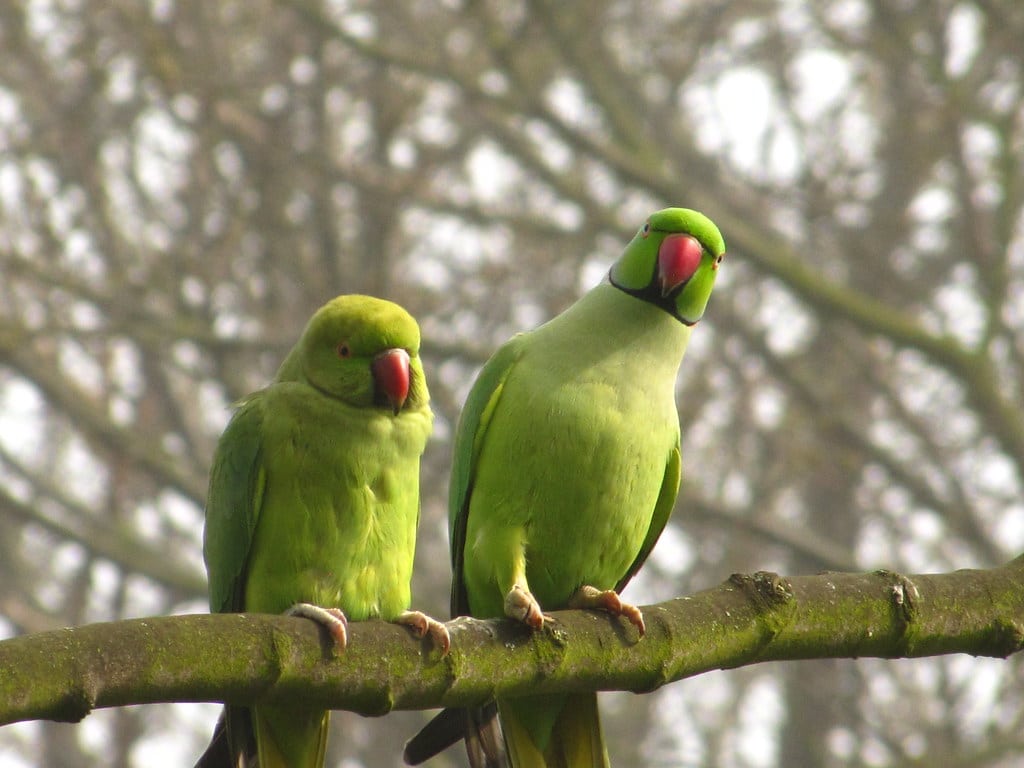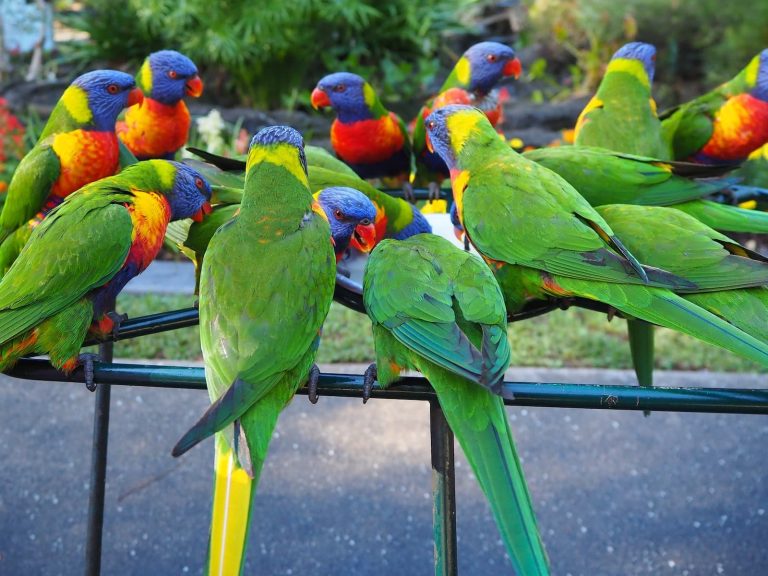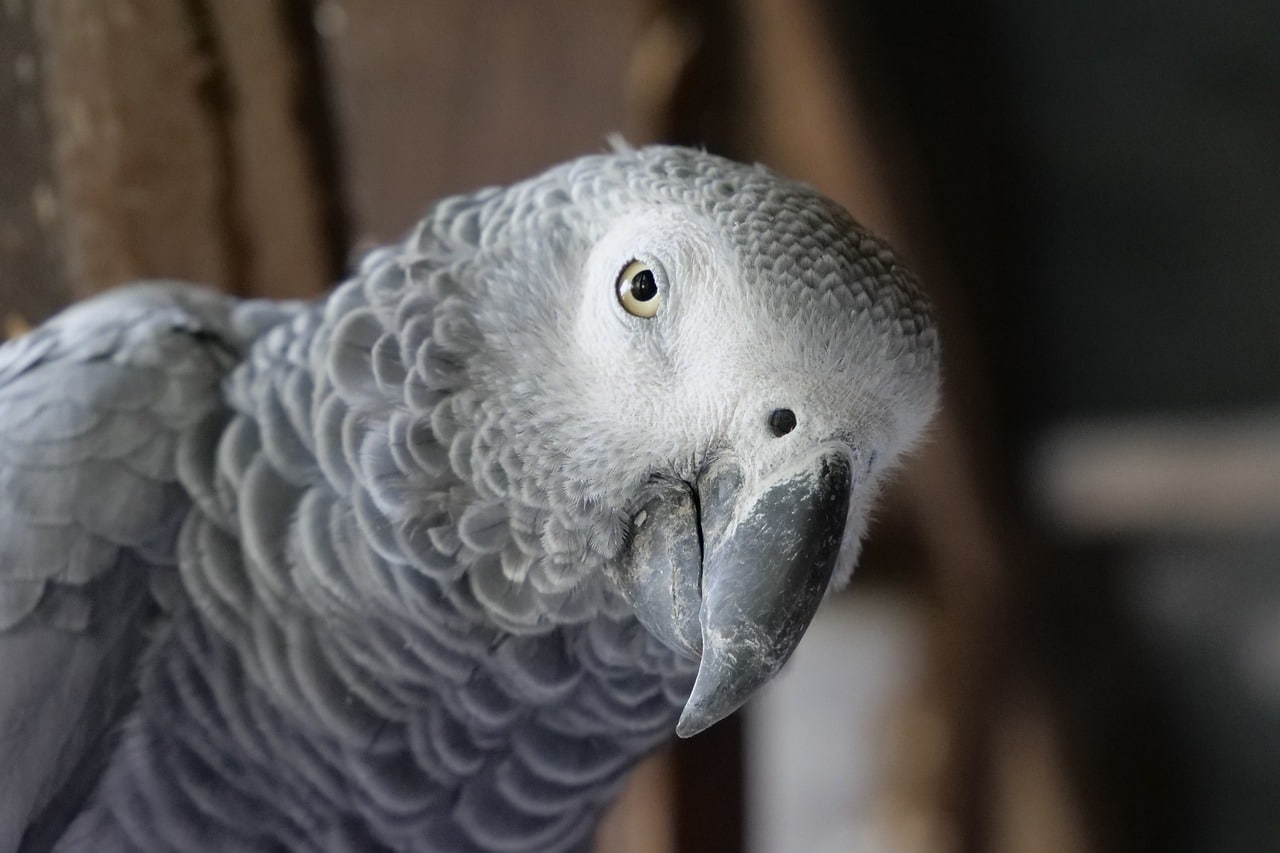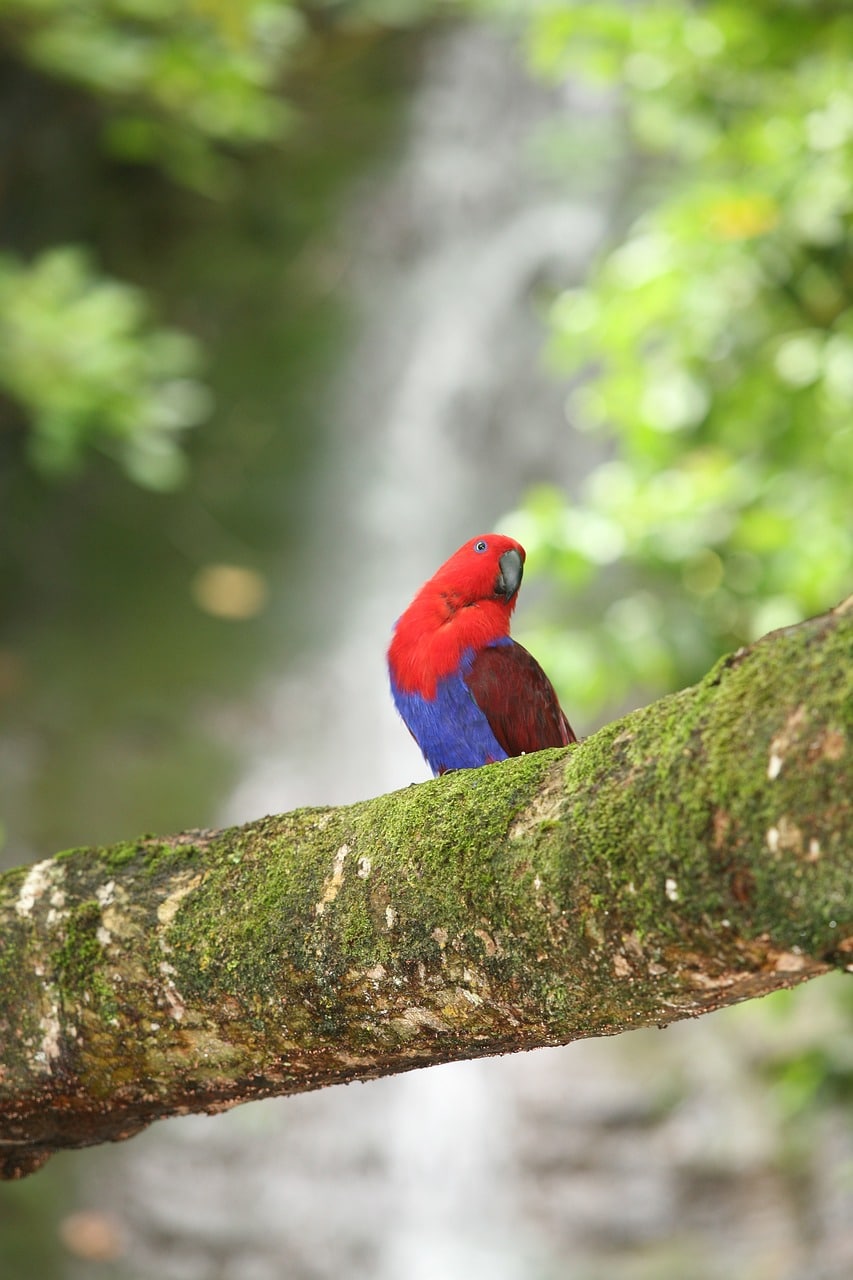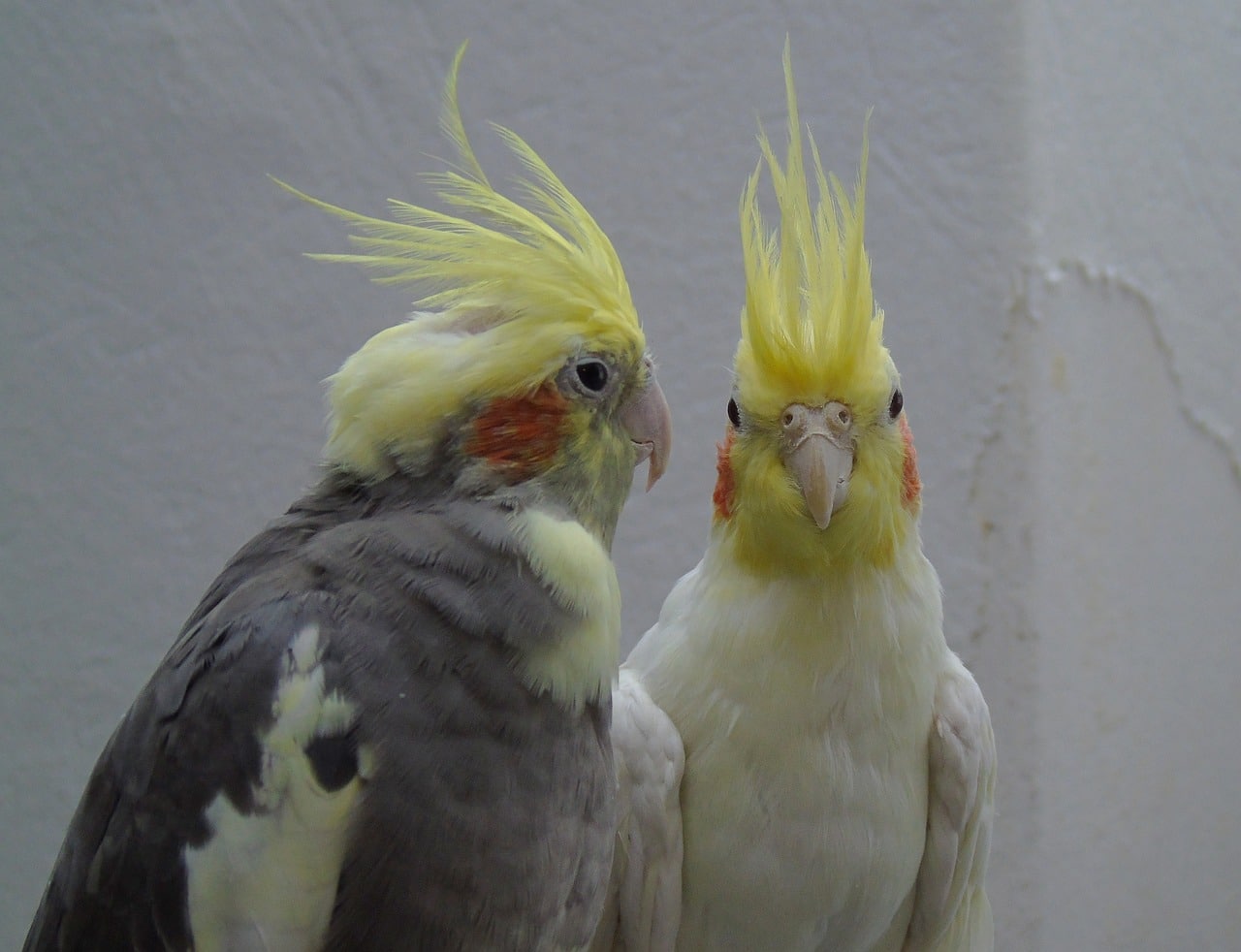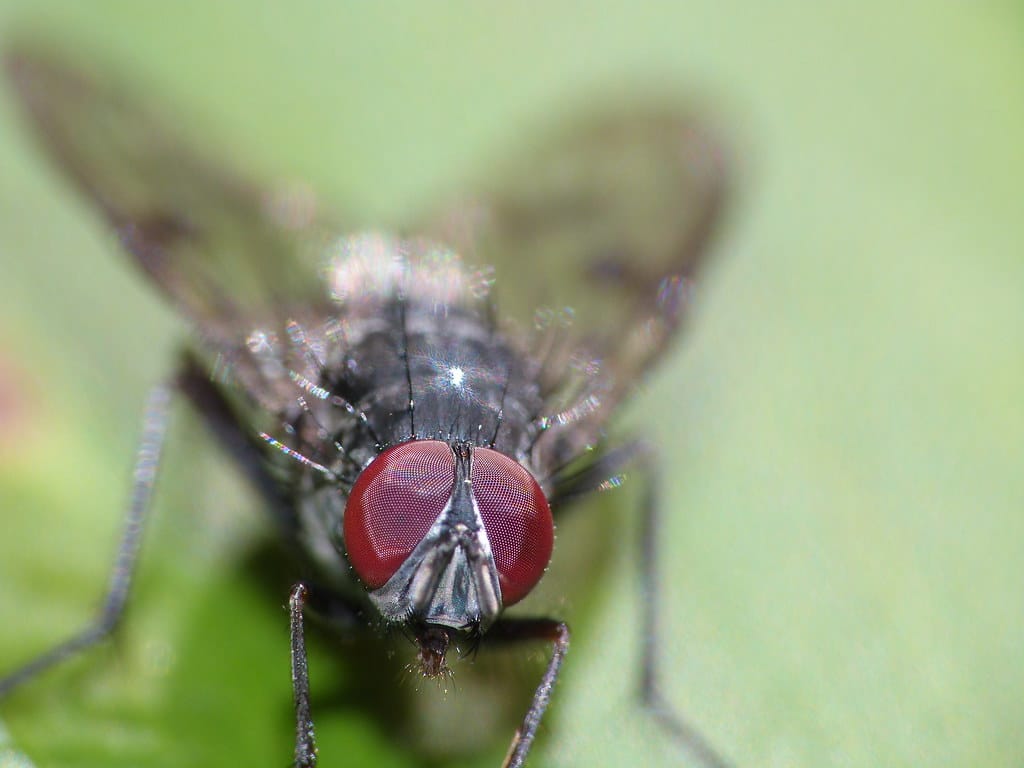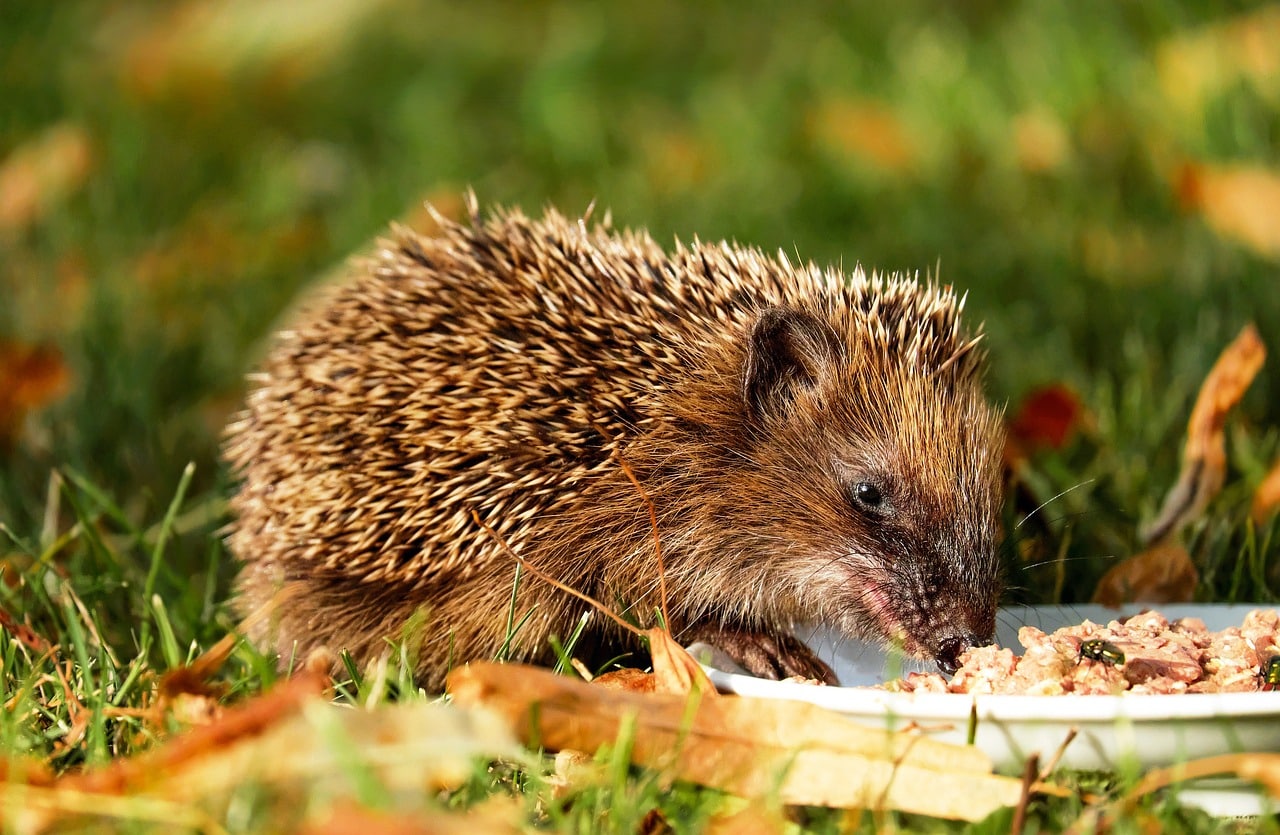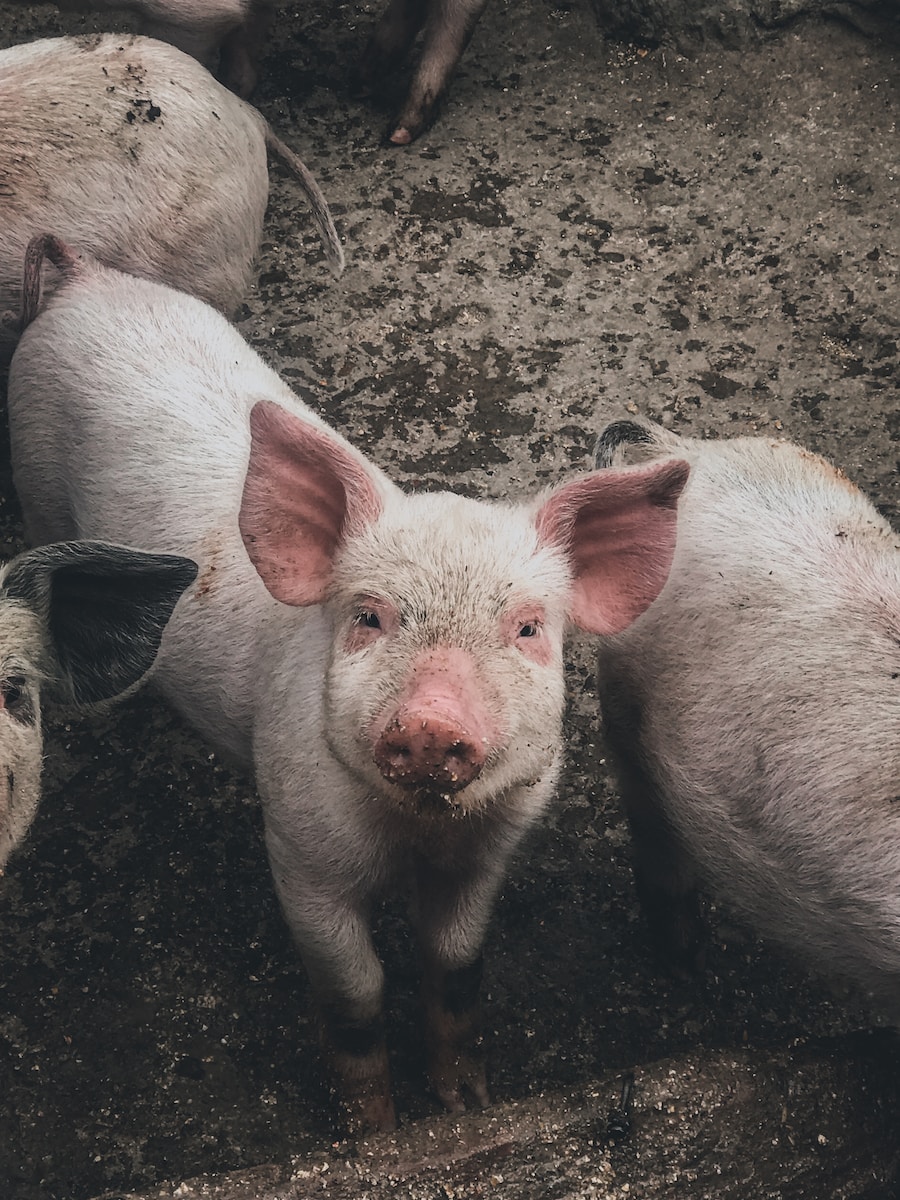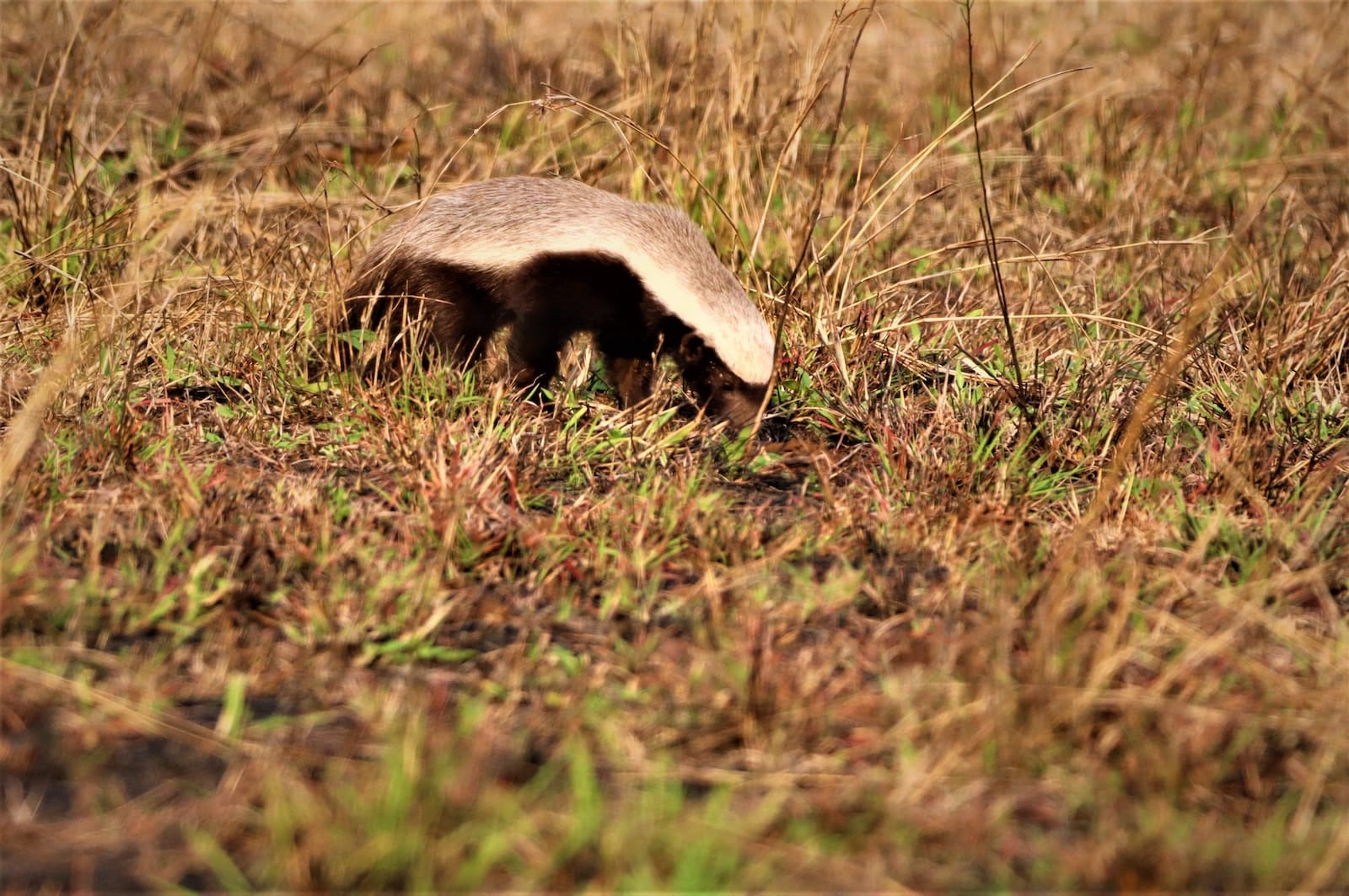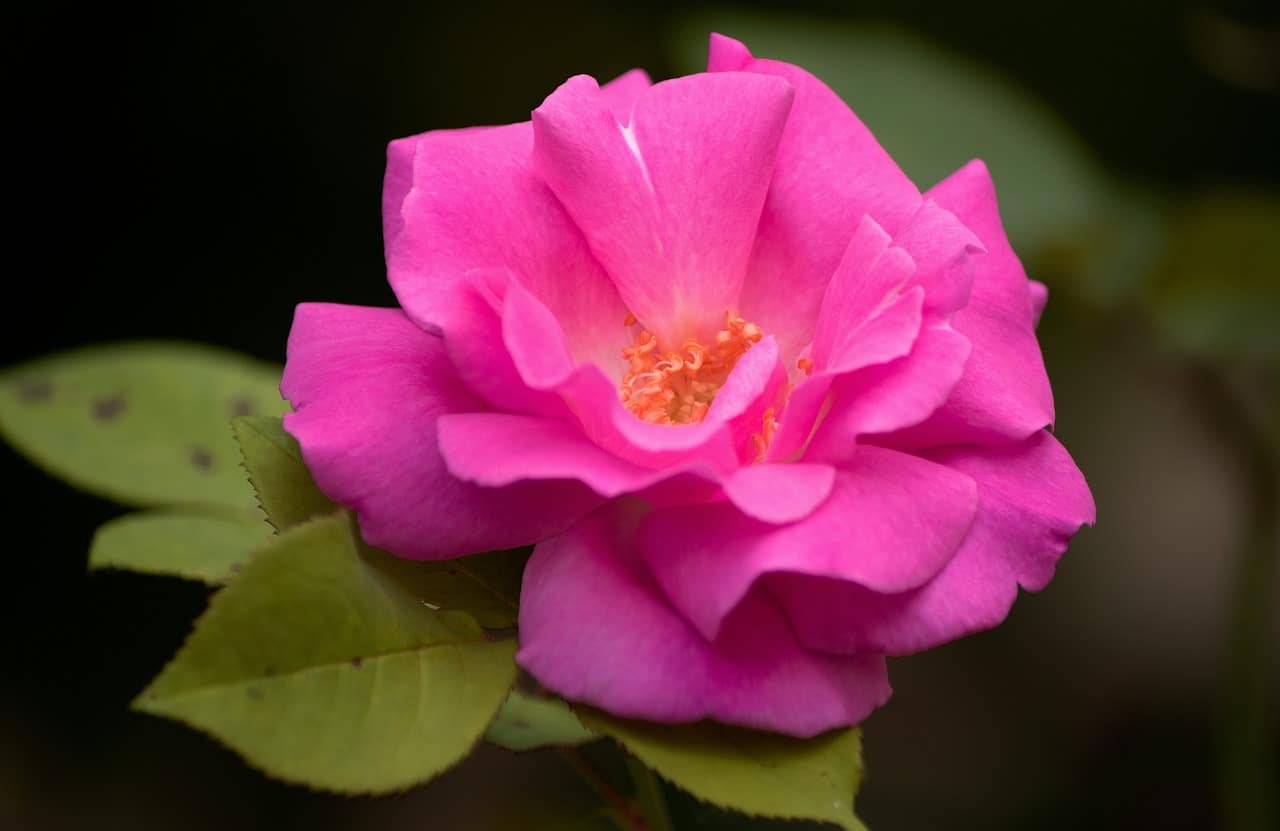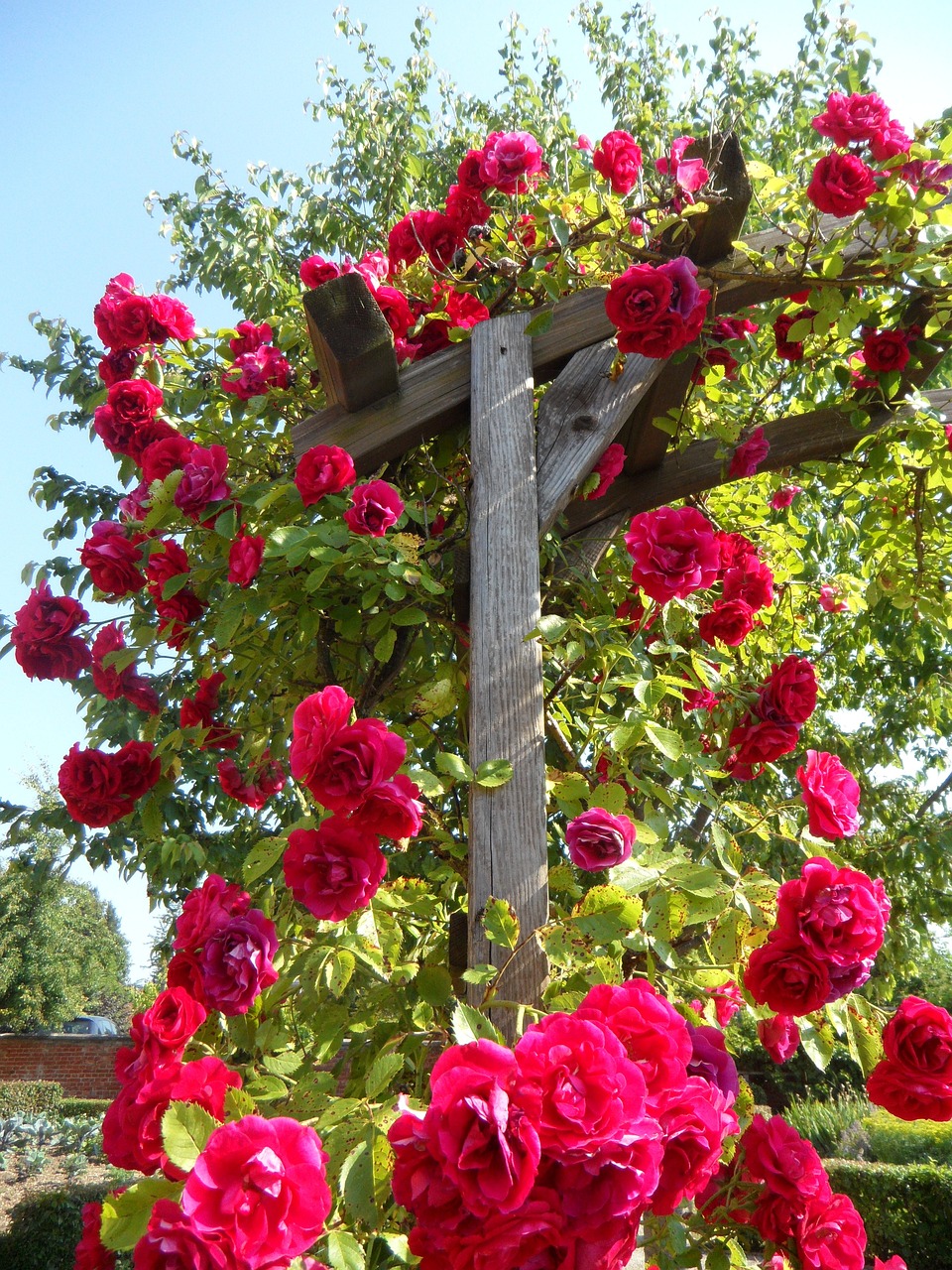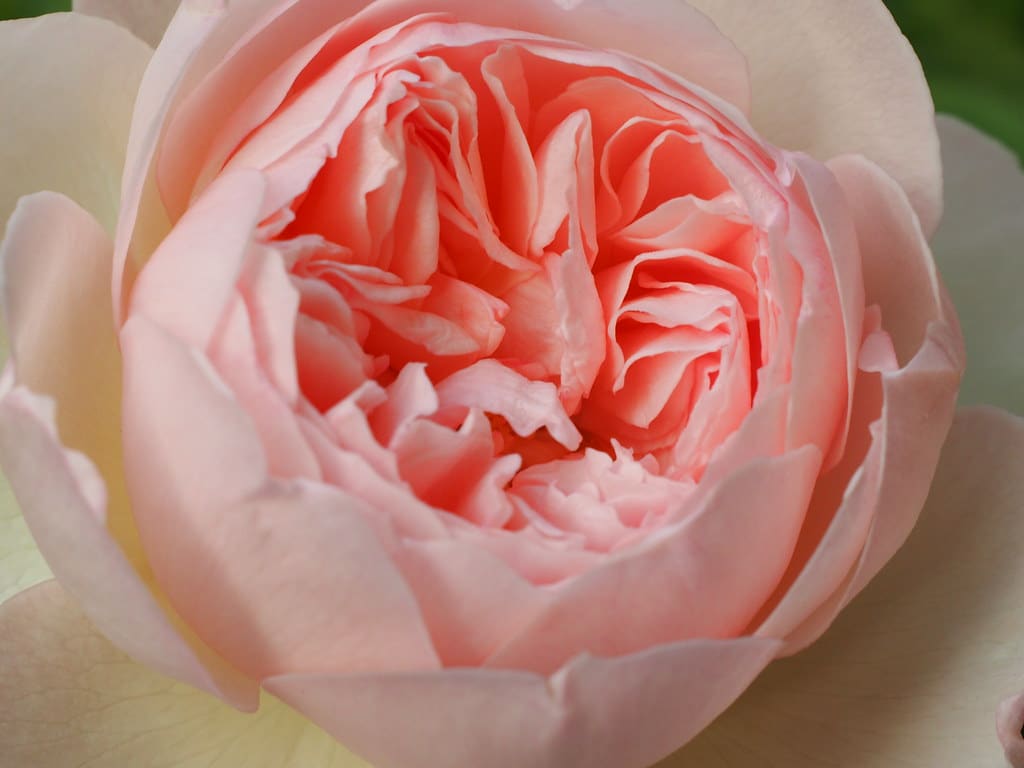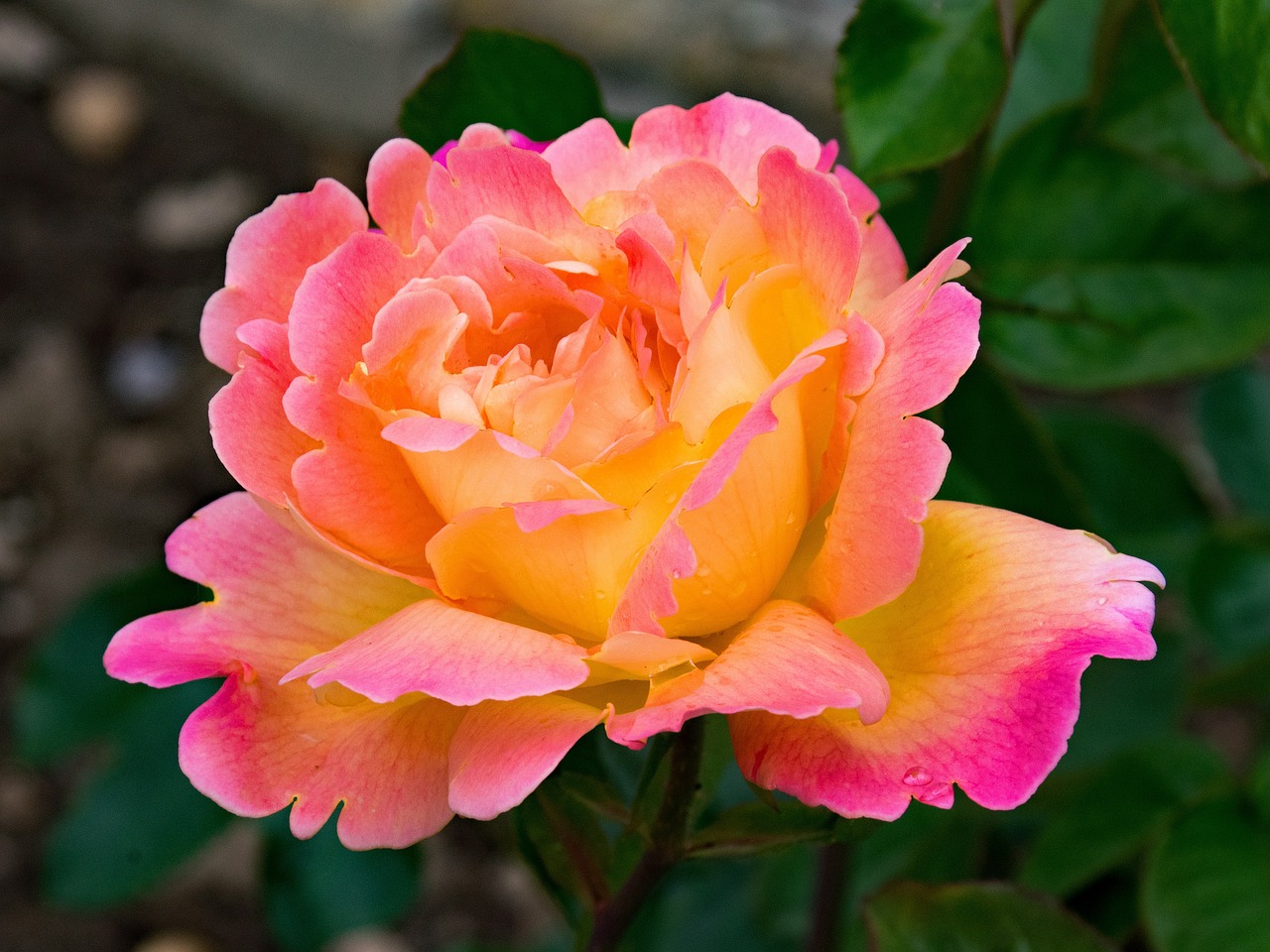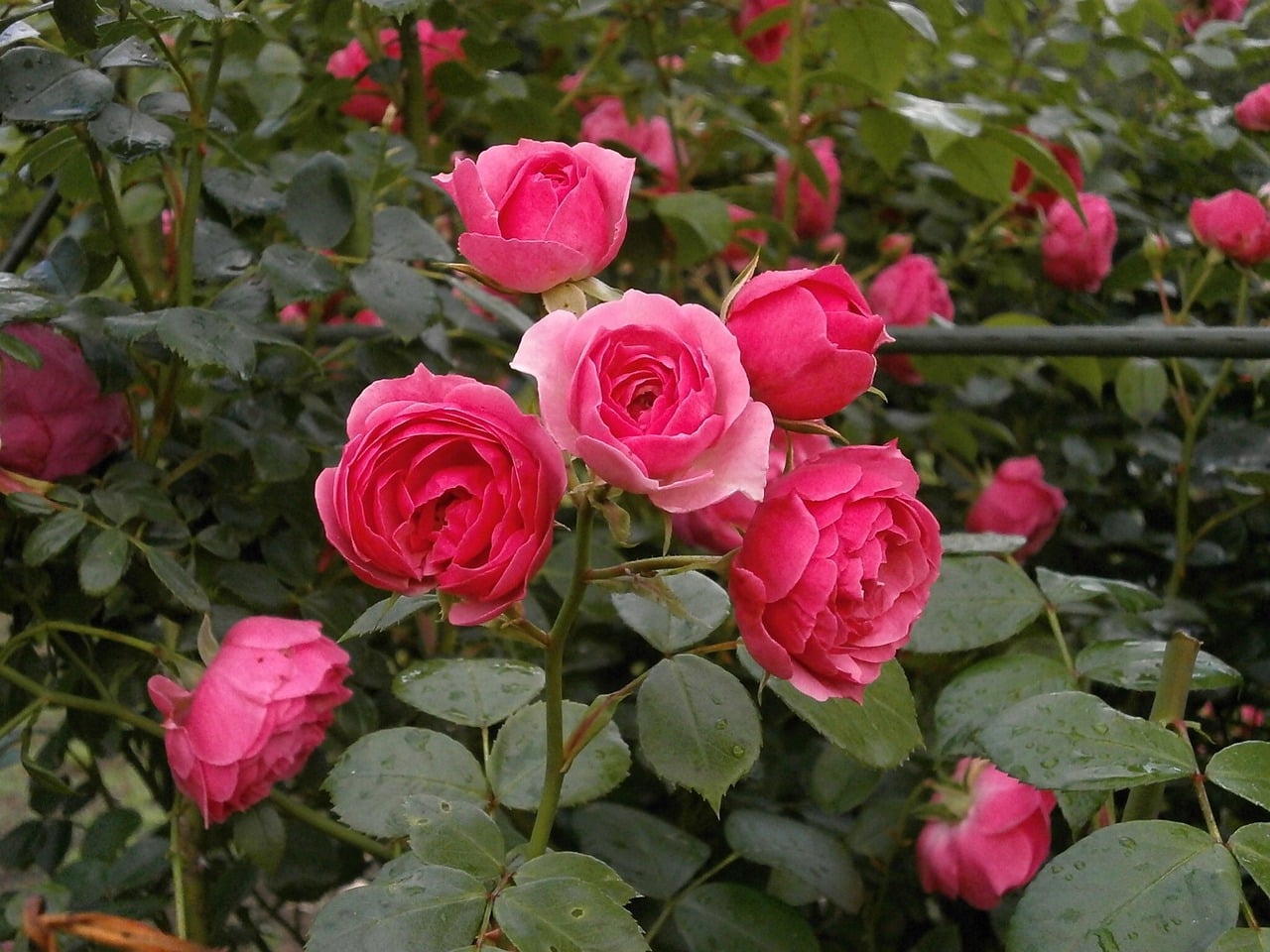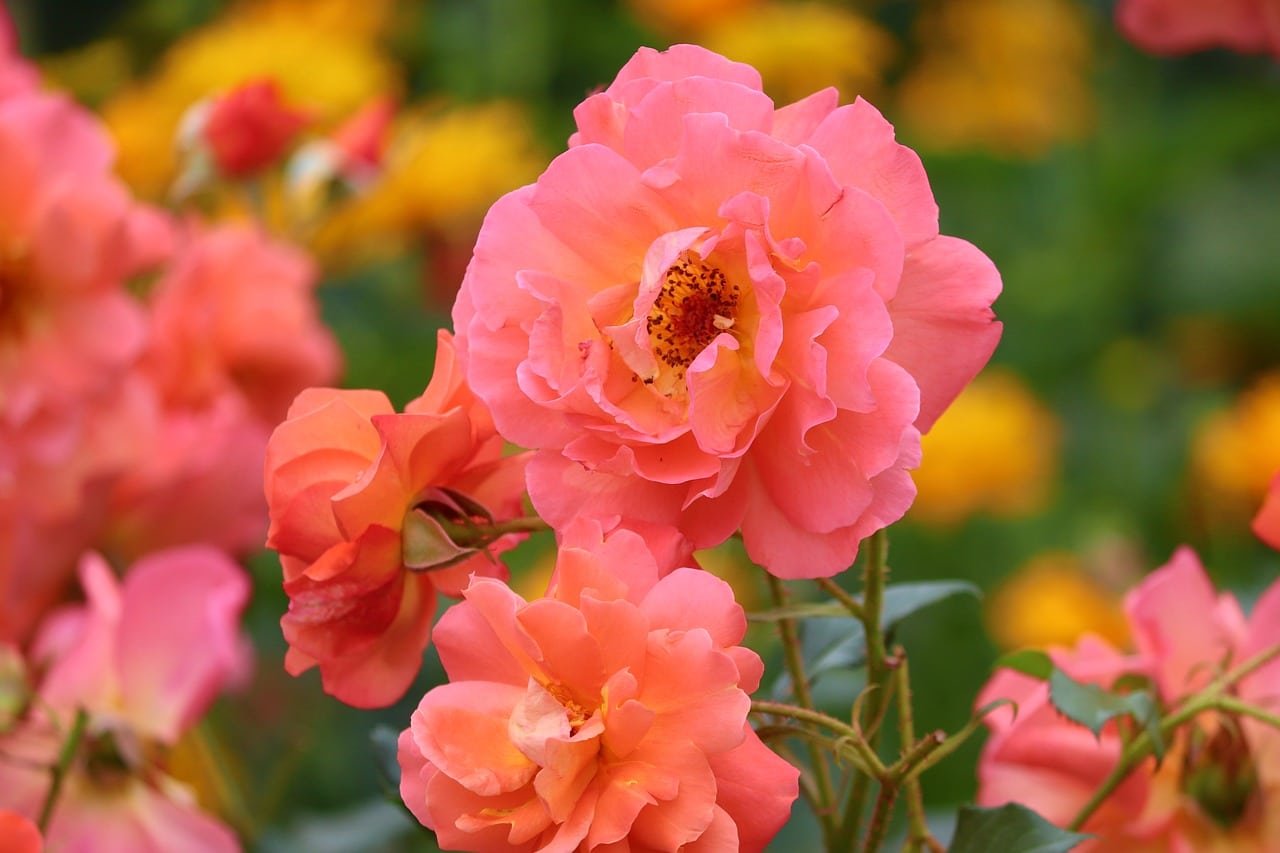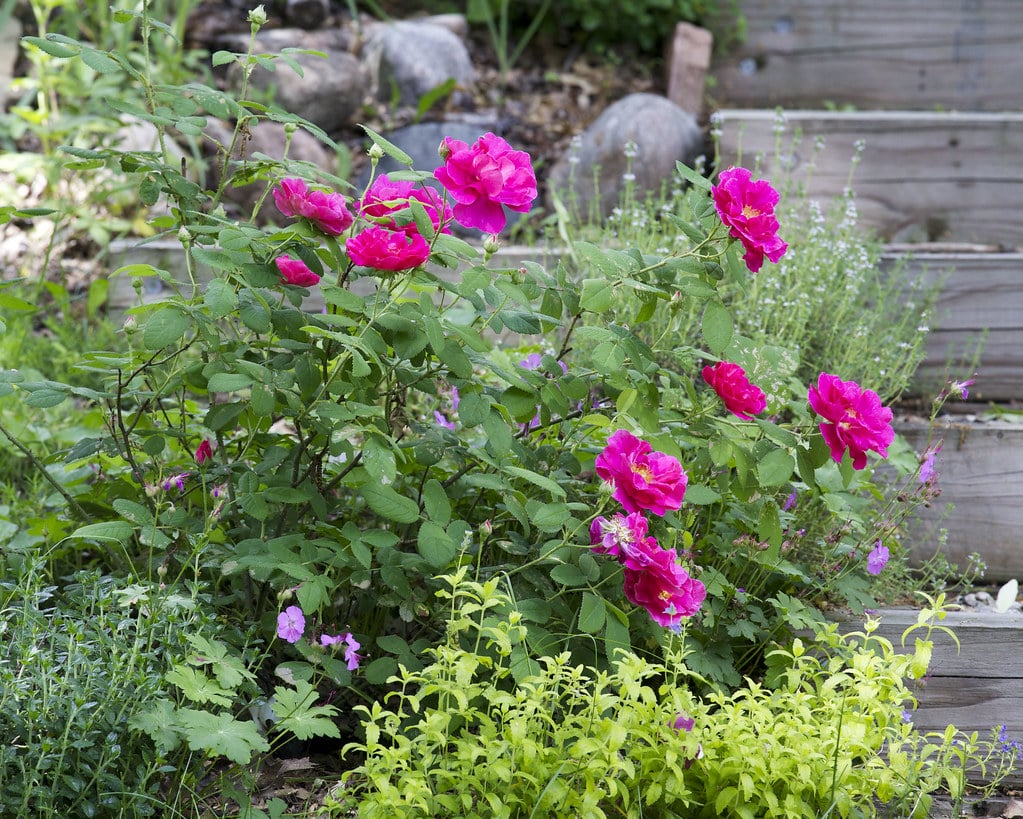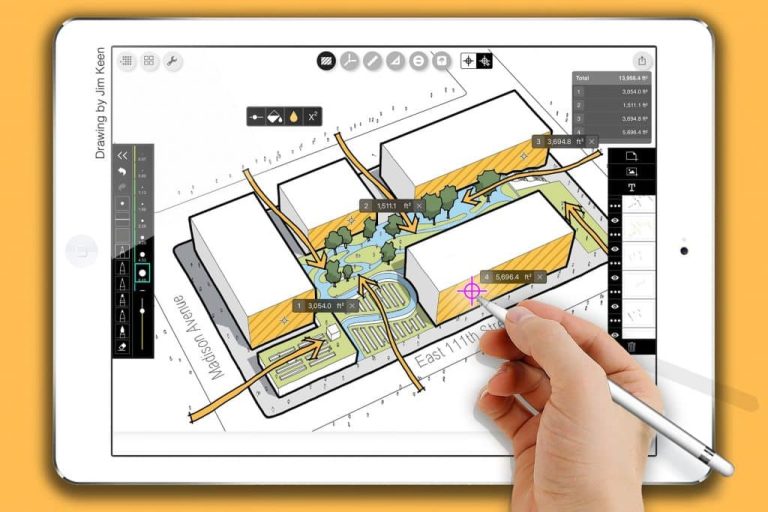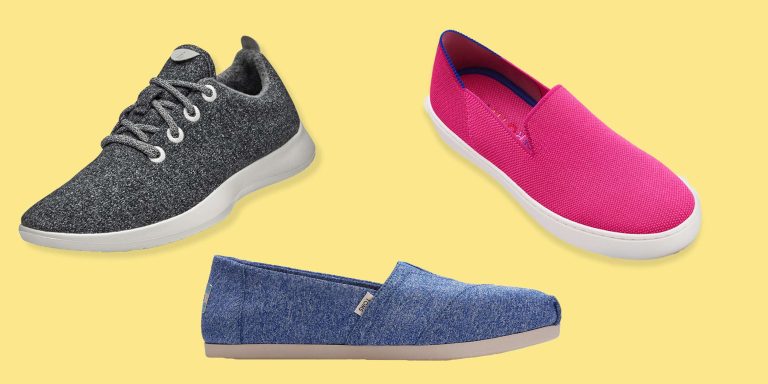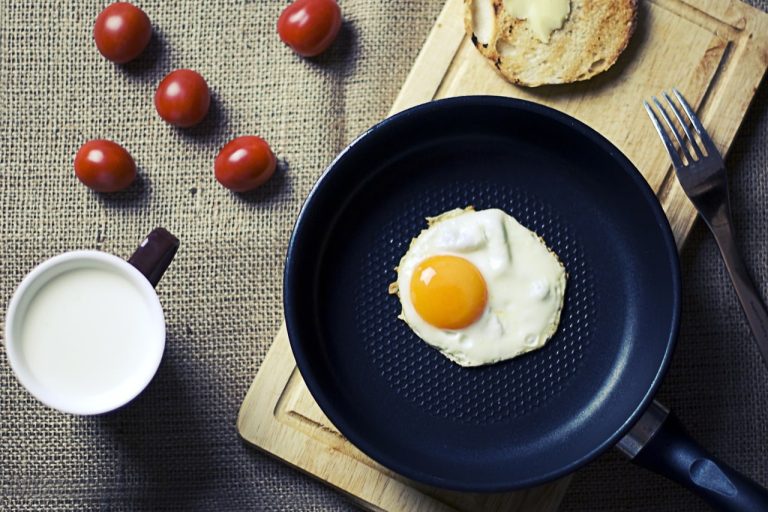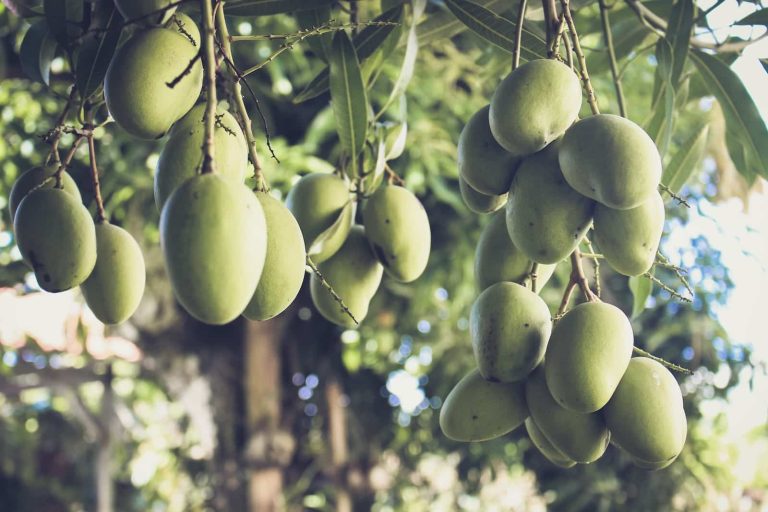Since the introduction of apps into the architecture profession, smartphones and tablets have become so powerful that they have drastically altered the idea of workshops.
Today, we’re going to discuss the best architecture apps for iPhone.
The best architecture apps for iPhone have become a crucial development for architects who, in the past, relied on a variety of physical instruments like a sketchbook, pen, and specific kinds of paper, as well as digital tools in high-end software that enables the design and recreation of any architecture in 3D.
On-site or on the go, they have created a more productive and effective workflow that covers various parts of the field with diversity and variety.
Others appeal to any architecture fan, with user-friendly interfaces, streamlined navigation, and easily accessible information, while some are tailored specifically for professionals.
Also, the modern, technological world we now reside in has advanced.
Creating architectural apps allows architects to design and manage on-site work or develop a portfolio that considerably simplifies everyday tasks.
This is made possible by the widespread use of smartphones and tablets. We’ve chosen the best architecture apps for iPhone below to make things easier for you.
1. ArchiTouch 3D
First on our list of best architecture apps for iPhone is ArchiTouch 3D. Experience Artistic Architecture with the iPhone app ArchiTouch 3D.
The most comprehensive architecture design app for Mac and iPad is called ArchiTouch for iPhone users.
Your plans can be kept in iCloud and worked on from any location.
With a simple input, you may adjust ceiling heights and floor levels, and all impacted items are automatically positioned.
You can also define slab-level shifts, sloped walls, and mezzanines. You can build complete floor plans with doors, windows, staircases, multiple wall widths, and any angle.
Also, you can add a site plan image to the satellite map, draw an outline of your property right on it to make the process easier, and construct bespoke roofs.
You can also use the horizontal and vertical 3D cross sections to see volumes and correct design errors in real-time.
2. AutoCAD
You can view any AutoCAD or Revit file on the move. No matter what software a user uses to generate a drawing, Autodesk users can see and submit 2D and 3D drawings.
You can navigate large-scale models, review and annotate plans, measure dimensions and areas, and follow the project status at any time and location.
You can use the primary features of FormIt 360 commercially for no cost.
A cloud subscription is required for people interested in additional capabilities, including a real-time collaboration system, solar analysis, and integrated building analysis.
3. RoomScan Pro
One of the best architecture apps for iPhone is RoomScan Pro, created by Locometric. You can use it to construct a complete floor layout.
RoomScan Pro is a must-have app for any architect. The app’s sensors detect walls and other objects, allowing it to create an interactive floor plan of a room within minutes.
With this tool, you can easily design your floor plans or change existing ones. You can also share the plans with colleagues and edit them from anywhere.
It is an easy-to-use program that automatically creates a functional floor plan after users move about the room and tap their phone screen to highlight walls.
The application can also measure and draw facades, staircases, and green spaces.
Price: Formerly $4.99, the pro edition of the software is now available for free download on the App Store for the iPad and iPhone.
4. Draft Paper
Floor plans, layouts, and blueprints may be quickly and easily created using Draft Paper‘s simple and intuitive interface.
Touch and drag to create rectangles and lines on up to 10 different levels, then export directly to PDF, JPG, or DXF for printing, emailing, or program editing.
iCloud multi-file support. Drawing: Line, Dotted Line, Arrow, Segment, Ellipse, Text, Erase, Measure, and Presentation
Features consist of:
- Export to JPEG / Vector PDF / DXF
- Mirror / translate/rotate / scale operations
- Smooth, fast, and intuitive zooming/panning
- Multiple layers and colors
- Selectable right/left-handed modes.
- Unlimited undo
- Unlimited size drawing area
- Apple Pencil support (including double tap)
- Metric / Imperial (USC) units support
5. BIMx
Next on our list of best architecture apps for iPhone is BIMx. BIMx is the perfect app for architects and designers who need to be able to view 3D models on their iPhones or iPad.
The application also allows you to interact with 3D models in real-time and access additional project information such as measurements, electrical plans, and annotations.
Using Graphisoft files on any device and integrating 2D and 3D building project navigation, this tool enables architects to make on-site measurement adjustments.
The free program provides all the resources to study the Hyper-model, including the linked 2D documentation and 3D model.
The cloud-based collaboration system makes sharing projects easy and secure, with both 2D and 3D models accessible for review.
Price: The app is free to download, but a subscription can unlock additional features.
6. Concepts
Concepts is a free, powerful sketching and design tool with an intuitive user interface.
It allows architects to draw shapes, add layers, apply filters, and use other tools to create 2D sketches and 3D models.
The Concepts app is an online sketchbook. It is a responsive, precise, and adaptable app. It is ideal for product designers, illustrators, and people who think visually.
Users of this program are free to express their creativity and create whatever ideas they have. It is available to everyone and compatible with iPhone, iPad, and iPad Pro.
It supports both vector-based drawing and raster-based painting with a range of tools for precision drawing.
Moreover, you can obtain a library of shapes and objects and annotate your sketches with notes.
The app also supports layers, which makes it easy to separate different elements in a project.
The cloud-based syncing feature allows you to access your files from any device.
Price: There is a $9.99 one-time payment option.
7. PlanGrid
This is one of the best architecture apps for iPhone. With the aid of the construction software PlanGrid, you can cut down on the number of visits you make to the trailer, collaborate instantly to discover solutions, and do less rework.
With the desktop or mobile app, you may share reports, markups, building plans, and images with your project team. The first 50 sheets are on the house.
Advanced filtering, configurable punch lists, working from the current set, and data protection using AES-256 bit end-to-end encryption are all features included in the program so you can always locate what you need.
Your progress images and documents may be automatically backed up, and you can quickly share screenshots or the full document. Markups and comments are instantaneously synced across all devices.
Features include:
- Automatic hyperlink of detail callouts
- Manage and distribute construction documents
- Compare drawings to identify issues or changes
- Take and track progress photos
- Free with in-app purchases
8. Shapr 3D
Shapr 3D is an innovative 3D CAD modeling application that can help architects create stunning 3D models and designs.
This app allows you to easily create complex, impossible forms with traditional 2D sketching tools.
Early conceptual stages benefit from the sketching and 3D modeling app Shapr 3D since it makes it simple for users to switch between 2D and 3D creation.
As Shapr 3D is a freemium app, all users have free access to all modeling tools, all necessary features, the Shapr 3D forums, and all support materials.
It also offers a range of tools for precision drawing, including bezier curves, surface editing, and sketching tools. You can obtain a library of shapes and objects.
The app also supports layers, which makes it easy to separate different elements in a project. Shapr 3D is compatible with iPhones, iPads, and Apple Pencils.
Price: The app costs $19.99 monthly but offers a free 7-day trial.
9. Morpholio Trace
One of the best architecture apps for iPhone, it allows you to draw on top of photographs while storing and organizing your ideas in layers.
You can remark on images with Morpholio Trace, which facilitates the exchange of early conceptual ideas.
This program helps architects at the initial design stages because it allows us to doodle, draw, and express initial artistic ideas, especially with its augmented reality feature.
This software pushes the limits of technological development by combining AR and VR with cutting-edge sketching activities.
Price: Free (Basic version), with a yearly subscription for Essentials, Premium, or Pro features.
10. BluVue Plans
BluVue Plans is an excellent architectural/construction tool for projects of all sizes.
It is jam-packed with fantastic features to guarantee that your upcoming construction project runs well.
Quick touch gestures, volumetric measurements for takeoffs, enriching your markup or annotations with media files, using shared sheet notes, taking quick snapshots, switching to any version of the construction plans, automatically syncing plans, and much more are just a few of the features available.
The platform is safe and hosted in the cloud. This app is worth looking at if you are employed in the architectural or construction sector.
- A powerful app for architecture, construction, and related jobs
- A secured cloud-based platform, Automatic sync, and backups
- Powerful drawing and editing tools
- Share with everyone on the team
- A single master set of plans, Switch between all versions of plans
11. ArchiSnapper
ArchiSnapper is one of the best architecture apps for iPhone. It is an app for producing professional-looking reports, punch lists, and other documents.
It allows you to capture field data quickly and easily, with photographs taken from your phone or iPad.
An effective report can be quickly drafted during and after a site visit using the field reporting tool ArchiSnapper.
Users have many options, including the ability to take images, draft, and remark.
The software, which is accessible on a phone or tablet, organizes data and prepares the report with ease.
Its features include:
- Create detailed reports with the photos you take on-site.
- Organize your projects in folders, add tags for easy searching, and filter your reports by date.
- Sync with the cloud to access reports online or offline.
- Create custom templates for different types of reports.
- Generate PDFs for easy printing or sharing with clients and colleagues.
Price: Free (basic version). Subscription options are available from $10/month to $20/month.
12. Sun Seeker
Sun Seeker is not particularly focused on the architectural field compared to some of the other best architecture apps for iPhone on this list. Even so, it serves as an excellent companion tool for them.
Your search for the best solar sources is what Sun Seeker is all about. It arranges information on solstices and the timings of sunrise and sunset. Moreover, augmented reality is used.
This makes it easier to calculate solar paths based on hourly intervals. When choosing lighting-related design elements for your buildings, it is advantageous.
Even better, you may utilize the app’s data to help your modeling software simulate actual lighting conditions.
Price: $9.99
13. Photo Measures
Next on our list of best architecture apps for iPhone is Photo Measures. You may quickly store measurements on your images with Photo Measures.
Write down the measurements of a space or structure, zoom in and out of your images for the highest level of accuracy, easily change your measurements, and, if necessary, add text as comments.
You may import images of any size and aspect ratio, record measurements in either metric or imperial units, and gain native support for angles.
You can also organize your photos into categories. Everyone who is an architect will benefit from this excellent app.
Features include:
- Save measurements on photos
- Import photos
- Export dimensions in high-res by email or save them to the photo library
- Add text comments
- One-time purchase
14. Canvas
Canvas is a powerful design tool that permits you to work in two and three dimensions.
It’s a one-stop shop for architects, engineers, landscape designers, and anyone needing to create accurate drawings.
You can draw walls, roofs, doors, and windows with ease. Canvas converts room scans into highly detailed, editable 3D CAD/BIM files and 2D drawings.
The cost of complete features varies per square foot, while the scan alone is free.
The measurements are provided to the professional with a shared code to ensure privacy and dependability since it is the only 3D scanning software made for homeowners working remotely with home remodeling pros.
15. Arrette Scale
As it enables you to produce scale drawings that you can share with coworkers or colleagues, Arrette Scale is perfect for collaborative work.
Many architects utilize graph paper, which is what the base application mimics.
Using the program rather than making real drawings can save a ton of paper. Its cloud connection makes sharing with other project participants simple.
It also interfaces with several other iOS programs. Apple’s Pictures and Maps apps are among them.
They can be used to produce even more exact and detailed sketches.
Price: $8.99
16. Architecture Dictionary
Next on our list of best Architecture apps for iPhone is Architecture Dictionary.
Need immediate access to definitions and pictures of architecture? More than 28,000 relevant terms and 9,000 images from sources like McGraw-Hill are included in Farlex’s Architectural Dictionary.
You will undoubtedly find this software beneficial whether you are an architecture student or have been a practicing architect for ten years.
Among the features are the option to look up terms using native voice search, the capacity to save an infinite number of bookmarks, recent searches, the ability to change the font size, and audio pronunciations.
Definitions can be distributed via text, email, and social media, and the app offers search suggestions as you write when you search.
Words like “Ends with,” “Contains,” “Starts with,” and “Wildcard” are available for advanced searches.
17. Construction Master Pro
The Construction Master Pro app is a comprehensive construction calculator for contractors and construction professionals.
It offers several features that make it one of the best architecture apps for iPhone.
Calculations can be completed in the four common building measurement systems: U.S., metric, imperial, and feet-inch-fractional.
Construction Master Pro is an app that assists you with calculations rather than using a standard calculator, earning a five on iOS in the utility category.
It may be used anywhere, on the job site or in the office, and it can help anyone estimate areas, volumes, etc.
With the premium app Building Master, you can calculate everything on the roof quickly and affordably.
18. iRhino 3D
One of the best architecture apps for iPhone is called iRhino 3D. It enables the production of intricate designs and produces photorealistic renderings.
Now, architects have been required to use the program to provide these lifelike simulations to clients.
The program is still in a rather basic form. Nevertheless, the ability to see any 3DM models you make in iRhino 3D software on a mobile device is provided.
It does not permit modification. However, a future version of the app might include that capability.
Price: $3.99
19. Structural Navigator
You can see and explore your structural models in 3D using Structural Navigator (formerly Structural Synchronizer View).
Via your models, pan, zoom, and rotate. Use familiar story and member attributes to filter models.
This brand-new app was created using the i-model and Bentley Navigator platforms.
Any architect working on projects involving the study, design, detailing, documentation, or production of structures needs this app.
To use this software, you need Structure Synchronizer V8i.
Features include:
- Supports models from different sources after publishing through the Structural Synchronizer
- All-new app
- Compatible with all .imodel files
- View and explore your structural models in 3D
- Free iPad app for architects
20. ARki
Last on our list of best architecture apps for iPhone is ARki. You can visualize your 3D projects using the ARki app. Architects can use it for engaging presentations and explanations.
Several software models can also be imported, including those from 3ds Max, Micro Station, Blender, SketchUp, ArchiCAD, Maya, Cinema 4d, Revit, rhino, and other programs.
Also, you can design dynamic layers and toggles to fit into the various components of their sketch.
Price: Free (1 plan), $23/month – $255/year (PRO)
In conclusion, these are some of the best architecture apps for iPhone that can help you make your job easier.
You can do more efficiently without stress and strain with the right tools. Check out each of these apps before making a decision.
